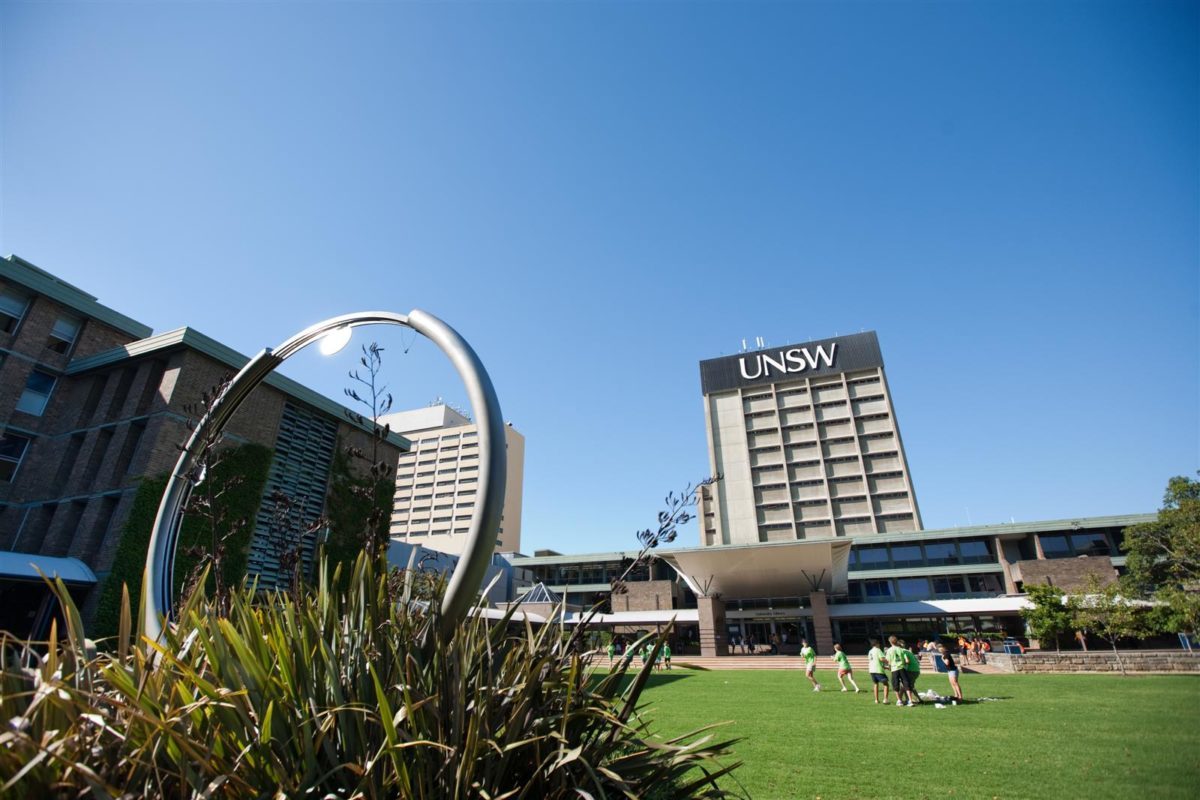UNSW scientists have surpassed 10% efficiency on a CZTS solar cell. The 1.11cm² PV cell represents the first time such efficiency has been achieved at the centimeter scale. The world record for a CZTS cell was set at 12.6% by Japanese thin film producer Solar Frontier in 2013. This, however, was achieved using a cell measuring just 0.4cm².
The research group that broke the record, led by UNSW Scientia Fellow Xiaojing Hao, also holds the efficiency record for a ‘full size’ CZTS device, at 7.6%.
The Cu2ZnSnS4 solar cells with over 10% power conversion efficiency enabled by heterojunction heat treatment study, published in the journal Nature Energy, describes a heat treatment which reduces recombination in the cell, increasing efficiency.
Though its efficiency is far below today’s commercial solar products, CZTS is a popular material for researchers looking to create new highly efficient cell concepts thanks to its use of cheap, abundant and non-toxic materials, as well as its flexibility in production.
CZTS in tandem cells
The UNSW researchers point out that with further boosts to efficiency, CZTS would offer several advantages over current thin film PV technologies, eliminating a reliance on rare, expensive materials such as indium, or toxic substances such as cadmium. The cells could also be suitable for flexible applications as well as tandem cells.
“CZTS-related material has a chance to be used in a tandem cell with silicon, as its bandgap can be easily tuned over a wide range when alloying with other elements, making it well matched to the high bandgap requirements for the upper cells of tandem stacks,” says Xiaojing. “The key prerequisite for such development is we need to get the efficiency of CZTS to beyond 20 per cent for us to see total energy efficiency of more than 30 per cent.”
Xiaojing plans to seek funding for a project investigating CZTS technology at the end of the year, and believes her team are on track to achieve further efficiency increases. She is also working on a project with UNSW professor Martin Green, investigating similar materials as candidates for tandem cells with silicon. “For each efficiency change, we need a step-change technology,” adds Xiaojing. “With CZTS, there are still so many things that we don’t know. Unravelling these unknowns is the most exciting adventure.”
This content is protected by copyright and may not be reused. If you want to cooperate with us and would like to reuse some of our content, please contact: editors@pv-magazine.com.









1 comment
By submitting this form you agree to pv magazine using your data for the purposes of publishing your comment.
Your personal data will only be disclosed or otherwise transmitted to third parties for the purposes of spam filtering or if this is necessary for technical maintenance of the website. Any other transfer to third parties will not take place unless this is justified on the basis of applicable data protection regulations or if pv magazine is legally obliged to do so.
You may revoke this consent at any time with effect for the future, in which case your personal data will be deleted immediately. Otherwise, your data will be deleted if pv magazine has processed your request or the purpose of data storage is fulfilled.
Further information on data privacy can be found in our Data Protection Policy.